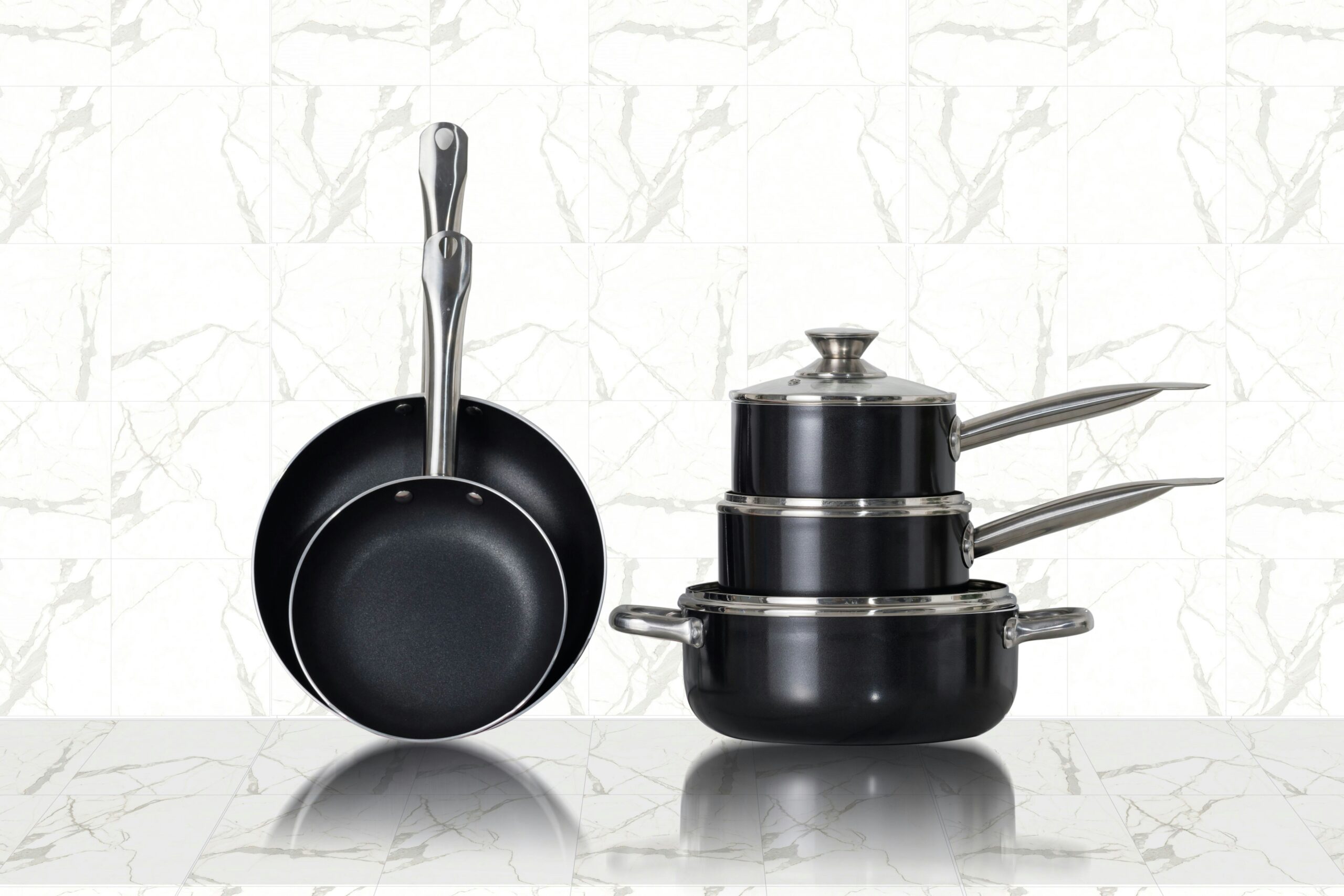Hubie Pilkington | Connoisseur-in-Chief
We can all relate to the feeling of fullness after a very good meal. Of course, its not a very regular occurrence to sit down and have a slap up three course meal but, when it comes down it, it’s something that is relished. But sometimes we can be caught unawares. You’ve just scraped the last bit of cream out of the dessert bowl, put the fork and spoon together, taken a sip of your drink of choice and are getting ready to sit back and fall into the depths of the inevitable food coma when suddenly there’s a stir amongst the munchers. A strong wafting aroma arrives to the table. An aroma that, depending on the variety, can hit every aspect of the nostril. Most delight at what is to come next while others, either due to taste or already excessive gorging, take a deep breath and admit defeat. Whatever the case, the cheese board proves to be something that gives way to a flurry of sensations. On the most part, no matter what has gone before, we shall make room in our stomachs for that last blast of flavours!
For millennia cheese has proved a substantial and consistent food source. Its roots lie in the middle east some four thousand years before Christ and since then it has been developed through the civilizations that came into contact with it. The Greeks, the Romans, Christian monks, Renaissance patrons, industrial revolution entrepreneurs and assembly-line factories have all made an impact on the dairy product to the extent that there are some two thousand different types of cheese across the globe making it one of the most versatile foods in the world. Europe has always been a hot-bead for excellent cheese. France, Italy, Greece, Germany and the United Kingdom have produced some very different tastes while here in Ireland, despite being relatively new to cheese making, we are known to produce an excellent strength of cheeses. In light of this then, one must ask why is it that the majority of this excellently adaptable grub is only saved for the end of a good dinner when we can hardly appreciate it properly without undoing a few notches on the belt? Why is it that we choose to settle for cheddar as the go-to daily cheese? The variety is there, the demand is there, the versatility is there but we seem to deny ourselves the opportunity to branch out. No more!
In order to explain what is available to us one must understand how these many cheeses are made. There are three prominent milks that are used to make cheese – goat’s milk, sheep’s milk and cow’s milk. Each give a distinct texture, taste and character. It is worth mentioning, however, that any type of milk can be used. It is known that even human breast milk has been used to make cheese…for those of you who might fancy it. While each of these milks do provide a different variation of cheese, the processing of the curd and what happens with the solid residue of the milk allows for the most distinguishing features of each type of wheel made. Through the various techniques used comes the different broad categories of cheese.
Soft cheeses have become a staple on our cheese boards. Made both with or without rinds (either bloomy or washed rinds), this category encompass a creamy texture with a mild flavour that becomes stronger the longer it is left to ripen. Popular soft cheeses include Brie and Camembert. Their versatility enables them to eaten alone but are also good for melting. One of our own homegrown prominent soft cheeses is Cooleeney Farmhouse which holds a buttery texture paired with a tangy mushroom-like flavour.
Semi-soft cheeses, meanwhile, are those that have less moisture and, depending on their ripening, are quite a bit firmer. They can be milder in taste than soft cheese but often have a tangier aftertaste. Mozzarella is the most common of these cheeses and has many uses be it salads, pizza, fondue or as fried cheeseballs. One of my own favourite semi-softs is Boursin. It is a mild soft cheese that is often blended with garlic, pepper and herbs and is a perfect spreadable cheese as well as being very affordable. Irish semi-soft cheeses are very commendable. Cashel Blue Mild is aged for a shorter period than its well known older brother and combines a velvety texture with a sharper taste than other semi-softs which gives it a unique character.
Firm cheeses are the some of the most common types of cheese. Due to their reduced moisture levels, they have always been good travelers enabling them to be become popular amongst those who eat on the go. For this very reason they are the exact cheeses to be found on Ploughman’s lunch platters across the world. Cheddars, Chevres, Edam, Gouda and Monterey Jack can all be found under this category. Due to the variety of taste different firm cheeses hold, one cannot pinpoint one distinct essence however. Because they are hardly ripened, they have quite an underdeveloped flavour to them. This means that they are an excellent cheese for cooking with. Coolea cheese, from Cork, is the Irish equivalent to a Gouda and, with its soft, steady and slightly sweet demeanor, it is perfect for a more exotic Macaroni Cheese.
Hard cheese, meanwhile, encompasses those cheeses that have been left to ripen that bit longer, expelling more moisture and bringing a slightly bitter flavour. They are not particularly mild cheeses and are to be enjoyed in small doses. For this reason they are perfect as an alternative seasoning grated over pasta, soup or potatoes. Parmigiano (Parmesan) is the most well known. Other types include Swiss cheeses such as Emmental and Gruyere as well as more mature cheddars. While Ireland produces a number of good hard cheeses., one which stands out is Gabriel made in Schull, Co. Cork which has a hazelnut flavour with an aromatic aftertaste.
The final significant cheese type is the blue veined cheese. Rich and punchy these cheeses provide a burst of piquant tones stemming from the culture within these cheeses which develops into the mould that runs through them. Roquefort, Gorgonzola and Stilton are some of the most prolific. Stilton, especially, has come to be known as the epitome of the Christmas cheeseboard so much so that it holds its own etiquette – to scoop or to slice, depending on the house rules. Either way, blue cheeses can add a lot to the simple salad, in tartlets or on its own with some nuts and honey. Ireland’s most well known brand, Cashel Blue, possesses a serious pang to it. The pleasantly crumbly texture balances well with the rich and slightly salty bite of flavours. Some compare it to the character of the Irish Wolfhound – rough and rugged with a strong bark but, ultimately, a soft and gratifying nature underneath.
So, you might ask, what is the point of this cheese insight? Well, it is one thing to know about cheeses and what they might possess flavour-wise, but it is another thing else to put that knowledge into your day-to-day munchings. Hopefully this article might motivate some to be more brave in their cheese choices and how they go about using cheese. Cheeses are not just for that big meal, and Cheddar and Mozzarella are definitely not the only adaptable types, they don’t just have to be something which makes a bowl of pasta more interesting and, most importantly, they are affordable. Instead, let’s treat cheeses as an ingredient. Used as seasoning, in sauces or as a topping, cheeses can add such dynamic to our cooking and, undoubtedly, there is a cheese out there that will pair well as an accompaniment or element of whatever dish tickles your fancy!
For anyone interested on getting a hands-on experience of cheese, Sheridan’s Cheesemongers on South Anne Street have a fantastic selection and knowledge and offer tasters to warm one’s pallet.







